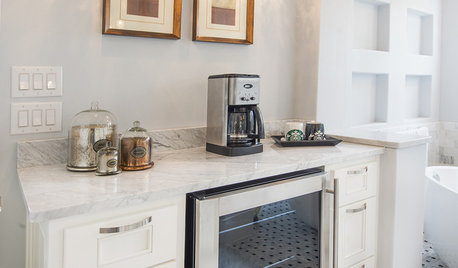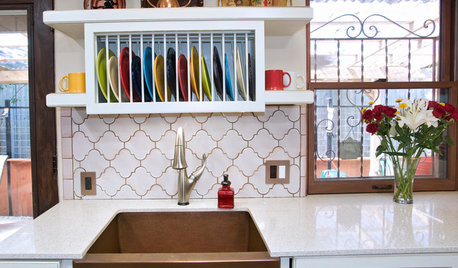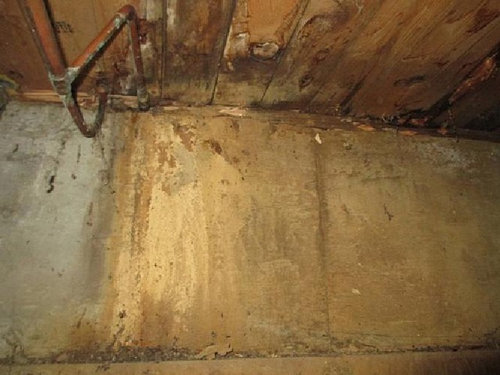Dry Rot - Your Opinions, Please
TessieQ
11 years ago
Featured Answer
Comments (18)
_sophiewheeler
11 years agolazy_gardens
11 years agoRelated Professionals
Fox Lake Kitchen & Bathroom Designers · King of Prussia Kitchen & Bathroom Designers · Manchester Kitchen & Bathroom Designers · Southbridge Kitchen & Bathroom Designers · 20781 Kitchen & Bathroom Remodelers · Boca Raton Kitchen & Bathroom Remodelers · Gilbert Kitchen & Bathroom Remodelers · Jefferson Hills Kitchen & Bathroom Remodelers · Los Alamitos Kitchen & Bathroom Remodelers · Sicklerville Kitchen & Bathroom Remodelers · Winchester Kitchen & Bathroom Remodelers · Anchorage Architects & Building Designers · Central Islip Architects & Building Designers · Pedley Architects & Building Designers · Wauconda Architects & Building Designersslateberry
11 years agobrickeyee
11 years ago1929Spanish
11 years agomxyplx
11 years agomxyplx
11 years agocharliedouglas
11 years agoworthy
11 years agoClarion
11 years agoslateberry
11 years agobrickeyee
11 years agoevabrown
10 years agoworthy
10 years agojanefairfax18
9 years agomillworkman
9 years agoJoseph Corlett, LLC
9 years agolast modified: 9 years ago
Related Stories

GARDENING AND LANDSCAPING8 Rot-Resistant Woods for Your Outdoor Projects
No need for chemical treatments on your deck or pergola. These woods stand up to weather, insects and time beautifully on their own
Full Story
GARDENING GUIDESGreat Design Plant: Snowberry Pleases Year-Round
Bright spring foliage, pretty summer flowers, white berries in winter ... Symphoricarpos albus is a sight to behold in every season
Full Story
BATHROOM DESIGNUpload of the Day: A Mini Fridge in the Master Bathroom? Yes, Please!
Talk about convenience. Better yet, get it yourself after being inspired by this Texas bath
Full Story
HOUSEPLANTSMother-in-Law's Tongue: Surprisingly Easy to Please
This low-maintenance, high-impact houseplant fits in with any design and can clear the air, too
Full Story
LANDSCAPE DESIGNDitch the Ordinary Ditch: Create a Realistic Dry Creek Bed
Here’s how to turn your water runoff system into an eye-catching accent for your landscape
Full Story
KITCHEN DESIGNDish-Drying Racks That Don’t Hog Counter Space
Cleverly concealed in cabinets or mounted in or above the sink, these racks cut kitchen cleanup time without creating clutter
Full Story
FEEL-GOOD HOME21 Ways to Waste Less at Home
Whether it's herbs rotting in the fridge or clothes that never get worn, most of us waste too much. Here are ways to make a change
Full Story
DECORATING GUIDESThe Hottest Houzz Discussion Topics of 2012
Discussions rocked and rolled this year with advice, support, budding friendships — and oh, yes, a political opinion or two
Full Story
TILETop Tile Trends From the Coverings 2013 Show — the Wood Look
Get the beauty of wood while waving off potential splinters, rotting and long searches, thanks to eye-fooling ceramic and porcelain tiles
Full Story
LAUNDRY ROOMSHouzz Call: Show Us Your Wonderfully Efficient Laundry Room
Got a drying rack, a folding table or clever storage in your laundry room? We want to see it!
Full StoryMore Discussions













worthy